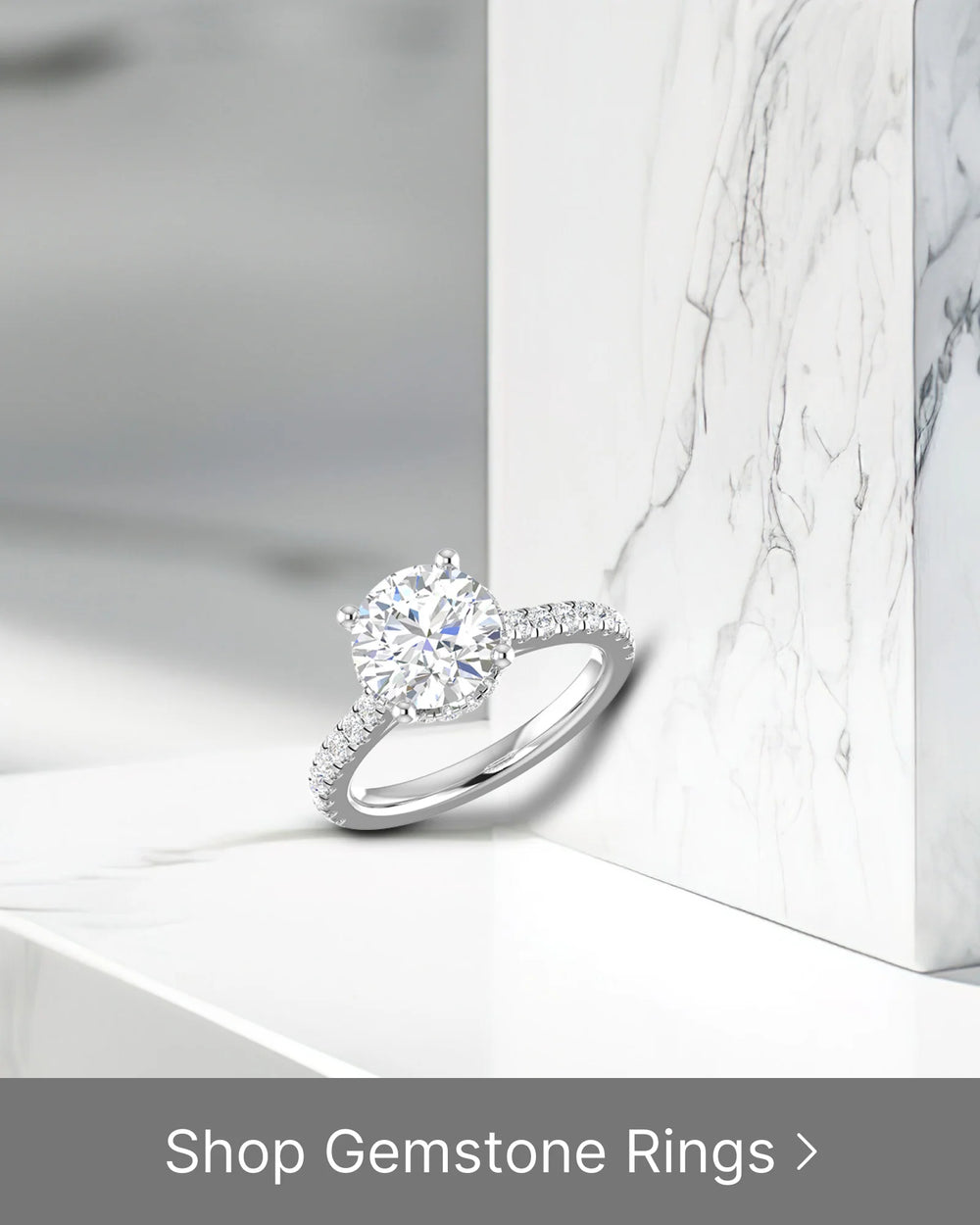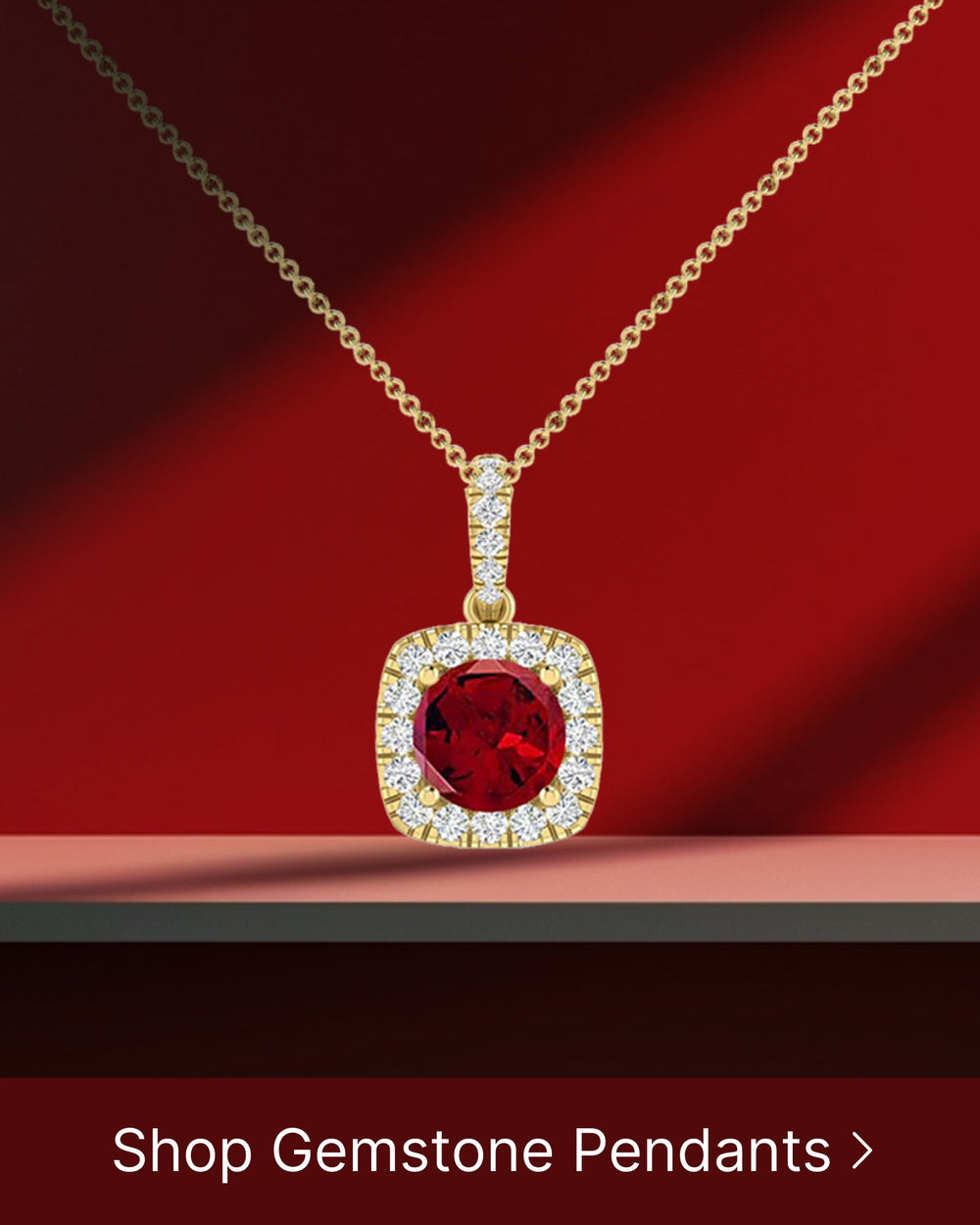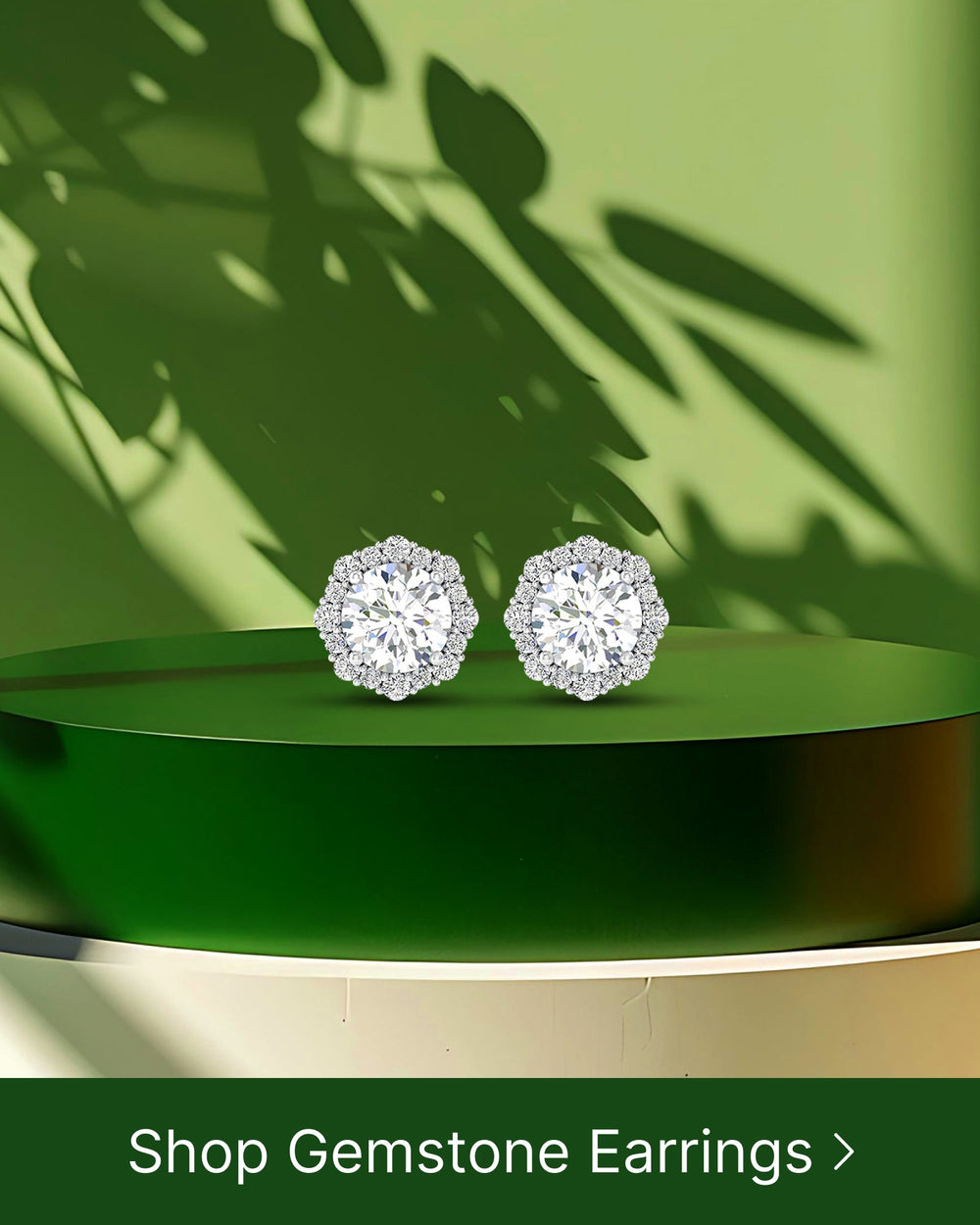Engagement rings hold a special place in our hearts. They symbolize the commitment and love shared between two individuals. But when it comes to wearing and removing an engagement ring, there are certain etiquettes and customs that need to be followed. In this article, we will explore the world of engagement ring etiquette and give you insights into when it may be appropriate to remove your ring.
Understanding Engagement Ring Etiquette
Before delving into the specifics of when to remove your engagement ring, it's important to have a basic understanding of engagement ring etiquette. Engagement rings have deep symbolism and cultural significance, making it essential to respect and honor these traditions.
Engagement rings hold a special place in our hearts, not just as beautiful pieces of jewelry, but as powerful symbols of love and commitment. They are a tangible representation of the eternal bond shared between two people, a constant reminder of the promises made and the journey embarked upon together.
The Symbolism of Engagement Rings
Engagement rings are symbolic of the love and commitment shared between a couple. They represent the eternal bond that two people promise to uphold. By wearing this ring, you are not only showcasing your relationship status but also expressing your devotion to your partner.
These exquisite rings are often adorned with precious gemstones, such as diamonds, which symbolize purity, clarity, and strength. The circular shape of the ring itself is said to represent eternity, with no beginning or end, mirroring the everlasting love between two individuals.
The Tradition of Wearing Engagement Rings
Wearing an engagement ring is a time-honored tradition that dates back centuries. It serves as a visible sign of commitment and announces your engagement to the world. Traditionally, engagement rings were worn by brides-to-be on the fourth finger of their left hand, as it was believed to have a direct connection to the heart.
This tradition can be traced back to ancient Egypt, where it was believed that a vein, known as the "vena amoris" or the "vein of love," ran directly from this finger to the heart. This romantic notion has been passed down through generations, and even though we now know that there is no such vein, the tradition remains strong.
Over time, engagement ring styles and customs have evolved, reflecting the changing trends and cultural practices of different societies. While the placement of the ring on the left hand's fourth finger is still widely followed, there are variations across different cultures and regions.
In some cultures, engagement rings are worn on the right hand, while in others, they may be worn on a different finger altogether. Some couples even choose to wear matching engagement rings, symbolizing their unity and equality in the relationship.
Engagement ring etiquette also extends to the care and maintenance of these precious symbols of love. It is important to clean and inspect your ring regularly to ensure its longevity and sparkle. Additionally, it is customary to remove your engagement ring during certain activities, such as swimming, exercising, or applying lotions, to protect it from potential damage.
Engagement rings are not just pieces of jewelry; they carry with them a rich history and a profound meaning. They are a testament to the love and commitment shared between two individuals, a symbol of the promises made and the future that awaits. By understanding and respecting engagement ring etiquette, we can truly appreciate the significance of these beautiful tokens of love.
When to Wear Your Engagement Ring
While engagement rings are typically meant to be worn at all times, there are certain situations where it may be more appropriate to remove them temporarily. Let's explore some of these situations:
Everyday Activities and Your Ring
Engagement rings are designed to withstand the rigors of everyday life. However, certain activities such as cooking, cleaning, or gardening can expose your ring to potential damage. In such cases, it is advisable to remove your ring to protect it from any harm.
Cooking, for example, involves handling various ingredients and utensils that can potentially scratch or damage the precious metal or gemstone of your ring. The heat and oils from cooking can also cause buildup and dull the shine of your ring over time. By removing your ring before cooking, you can ensure its longevity and keep it looking as beautiful as the day you received it.
Cleaning is another activity that can pose a risk to your engagement ring. Harsh chemicals and abrasive cleaning agents can erode the metal or cause discoloration of the gemstone. It's best to remove your ring before engaging in any heavy-duty cleaning tasks to prevent any potential damage.
Gardening, while a therapeutic and enjoyable activity, can be tough on your engagement ring. Soil, dirt, and plant debris can get trapped in the crevices of your ring, making it difficult to clean. Additionally, the pressure and friction from gardening tools can scratch or dislodge stones from the setting. It's wise to remove your ring and store it in a safe place before getting your hands dirty in the garden.
Professional Settings and Your Ring
When it comes to professional settings, personal discretion and workplace culture play a significant role in deciding whether to wear your engagement ring or not. In conservative work environments where minimal accessories are preferred, it might be better to remove your ring to maintain a professional appearance.
Some workplaces, such as hospitals or laboratories, have strict policies regarding the wearing of jewelry due to safety concerns. In these cases, it is essential to follow the guidelines and remove your ring to ensure the safety of yourself and others.
However, in more relaxed workplaces, wearing your engagement ring is generally acceptable. It can be a symbol of commitment and a conversation starter among colleagues. It's important to gauge the atmosphere and expectations of your workplace before deciding whether to wear your ring or not.
Ultimately, the decision of when to wear your engagement ring is a personal one. It's essential to consider the activities you'll be engaging in and the environment you'll be in to protect the integrity of your ring. By being mindful of these factors, you can enjoy the beauty and significance of your engagement ring for years to come.
Situations Where You Should Remove Your Ring
While wearing your engagement ring is usually the norm, there are instances where it is appropriate to remove it:
During Certain Household Tasks
Engagement rings can be easily damaged while performing household tasks such as cleaning with harsh chemicals, cooking with messy ingredients, or doing DIY projects involving tools. To prevent any accidents, it is better to remove your ring and keep it in a safe place until the task is complete.
Participating in Sports or Physical Activities
Engaging in sports or any physical activities that involve potential impact or exertion can pose a risk to your engagement ring. To prevent any damage or loss, it is advisable to remove your ring and keep it in a secure place while participating in such activities.
In Certain Professional Scenarios
Some professions, like healthcare or food preparation, require strict hand hygiene protocols. Wearing a ring, including an engagement ring, may not be permissible due to safety and sanitation reasons. In such cases, it is vital to follow the guidelines set by your profession and remove your ring accordingly.
Proper Care for Your Engagement Ring
Maintaining your engagement ring's sparkle and brilliance requires regular care and maintenance. Here are some tips to help you keep your ring looking its best:
Cleaning Your Engagement Ring
Regular cleaning is essential to preserve the beauty of your engagement ring. Using a mild soap and warm water, gently clean your ring using a soft brush, ensuring to reach all the intricate spaces. Be cautious while cleaning gemstones and diamonds to avoid any accidental scratches or damage.
Storing Your Engagement Ring Safely
When you're not wearing your engagement ring, store it in a safe and secure place. Avoid placing it anywhere prone to scratches or potential damage. A soft jewelry pouch or box with individual compartments can help protect your ring from getting tangled or scratched by other jewelry.
Respecting Personal and Cultural Differences
Engagement ring customs may vary across different cultures and personal beliefs. It is crucial to respect these differences and honor individual choices and comfort levels when it comes to wearing and removing engagement rings.
Understanding Different Cultural Practices
In certain cultures, engagement rings may be worn on different fingers or not worn at all. It's important to familiarize yourself with the customs and traditions of the couple, especially if you are attending an intercultural wedding or engagement celebration.
Respecting Personal Choices and Comfort
Sometimes, individuals may have personal reasons for not wearing their engagement ring at all times. It could be due to personal comfort, safety concerns, or simply personal preference. It is important to respect and support these choices without passing judgment.
In conclusion, engagement ring etiquette plays a significant role in knowing when to remove your ring. While the general rule is to keep it on at all times, it's essential to consider certain situations where it may be appropriate to take it off temporarily. Respecting personal and cultural differences, taking care of your ring, and ensuring its safety are key factors in upholding the traditions and significance of engagement rings.





